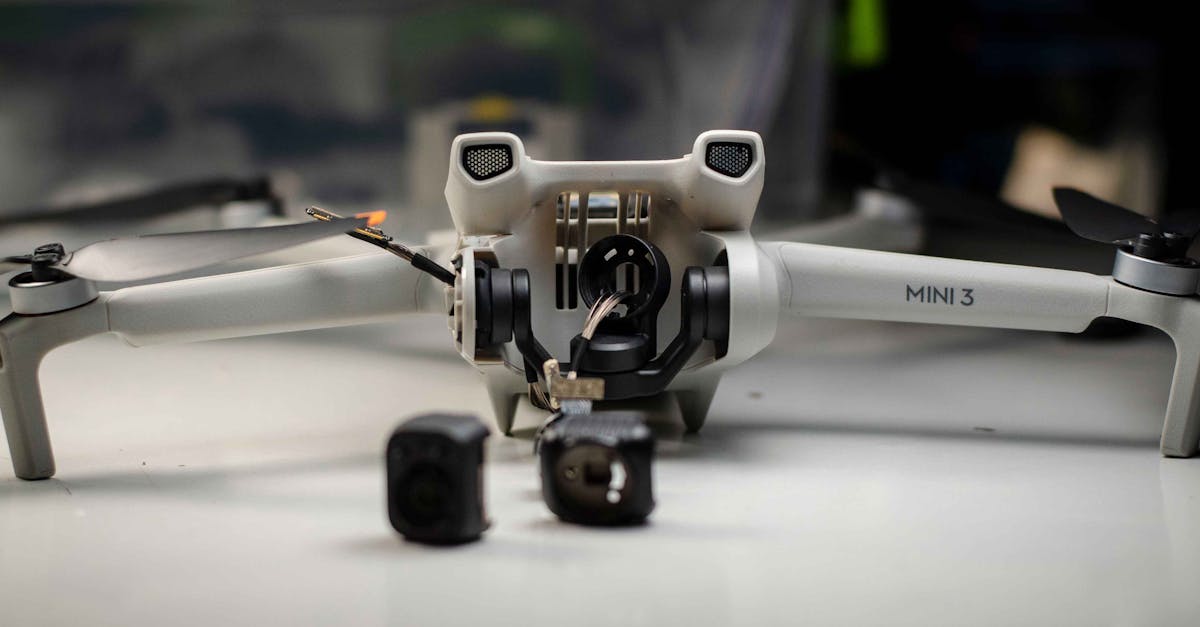Table of Contents
ToggleIn a world where technology can feel as friendly as a cactus in a balloon factory, user-friendly gadgets emerge as the soothing balm for tech anxiety. These devices don’t just promise ease of use; they deliver a delightful experience that even your grandma could master—no tech support needed. Imagine a gadget that practically begs you to pick it up and play, instead of leaving you tangled in a web of confusing buttons and cryptic manuals.
Overview of User-Friendly Gadgets
User-friendly gadgets aim to simplify technology for all users. These devices are designed to minimize confusion and help individuals connect with their tech more smoothly. Many examples cater to various audiences, including seniors and children, making technology accessible for everyone.
Touchscreens dominate many user-friendly gadgets, providing intuitive interfaces that eliminate the need for complex buttons. Voice-activated assistants, such as Google Assistant and Amazon Alexa, empower users to control devices and access information effortlessly. These features significantly enhance user interaction and streamline tasks.
Design plays a crucial role in the usability of these gadgets. Lightweight materials and ergonomic shapes ensure comfort during use. Clear labeling and simplified settings encourage users to explore the device without fear of making mistakes.
Smart home technology also embodies user-friendliness. It centralizes control for lights, security systems, and appliances, making it easy to manage everything through a single app. Users can customize their settings to fit their lifestyles.
Educational gadgets improve learning experiences through interactive features. Tablets designed for children often include educational games that blend fun with learning. This promotes engagement while honing skills in literacy and math.
Ultimately, the focus on user-friendliness reflects a shift in technology. By embracing simplicity and accessibility, developers create gadgets that foster confidence in users. This trend supports a more inclusive approach to technology, encouraging everyone to engage with devices that enhance their daily lives.
Importance of User-Friendly Design
User-friendly design plays a vital role in attracting and retaining users. It directly impacts how individuals interact with technology, ensuring that devices serve their intended purpose without confusion.
Enhancing Accessibility
Enhanced accessibility addresses diverse user needs. User-friendly gadgets often feature adjustable font sizes, contrasting colors, and voice commands, which assist those with visual impairments. Ergonomic designs promote comfort for individuals of varying physical abilities. Simple instructions and clear labels help users navigate features effortlessly, fostering independence. These design choices encourage seniors, children, and anyone outside the tech-savvy realm to engage with technology without hesitation.
Improving User Experience
Improved user experience hinges on intuitive interfaces. Streamlined navigation allows users to find what they need quickly, minimizing frustration. Engaging and interactive elements, like touch feedback and voice prompts, create a more enjoyable interaction. Consistent design patterns across devices lead to familiarity, making transitions smoother for users. Overall, prioritizing user experience cultivates a sense of confidence, enabling users to explore and utilize technology effectively in their daily lives.
Top User-Friendly Gadgets of 2023
User-friendly gadgets in 2023 revolutionize everyday tasks, making technology accessible for all users.
Smart Home Devices
Smart home devices enhance convenience through intuitive controls. Users manage lighting, security, and temperature with simple apps utilizing voice commands. Popular models, such as the Google Nest Hub and Amazon Echo Show, feature touchscreens that simplify settings. These gadgets offer seamless integration with various smart appliances, empowering users to customize their environments. Accessibility options abound, ensuring that everyone—from tech novices to seniors—navigates features without confusion. The focus on clear interfaces replaces traditional complications, creating a user-friendly atmosphere where comfort and control take precedence.
Wearable Technology
Wearable technology exemplifies user-friendliness with sleek designs and streamlined functionality. Smartwatches like the Apple Watch and Fitbit Inspire provide health tracking combined with easy notifications. These gadgets prioritize accessibility, featuring customizable displays and voice controls that cater to diverse needs. Engaging apps encourage users to monitor fitness goals and stay connected effortlessly. With vibrant touchscreens and intuitive gestures, wearables invite users into a tech-savvy experience. Enhanced compatibility with smartphones further solidifies their role in day-to-day life, ensuring technology serves practical purposes while remaining enjoyable for everyone.
Features to Look for in User-Friendly Gadgets
User-friendly gadgets prioritize ease of use and comfort for all users. Key features enhance accessibility and facilitate user engagement.
Intuitive Interface
An intuitive interface makes navigation straightforward. Users interact seamlessly with clear icons, buttons, and touch gestures. Characteristics like consistent layouts across applications reduce the learning curve. Voice controls allow for hands-free operation, appealing to those with mobility challenges. Visual aids enhance comprehension, making tasks easier to complete. Simplified menus prevent users from feeling overwhelmed, encouraging exploration without fear.
Durability and Support
Durability ensures that gadgets withstand everyday wear and tear. High-quality materials contribute to longevity, making devices more reliable over time. Manufacturers that offer extensive support through customer service and online resources enhance user confidence. Responsive assistance helps users troubleshoot issues promptly. Warranty options also provide reassurance, offering protection for investment in technology. An understanding of user needs drives the development of robust, supportive gadgets that endure regular use.
Conclusion
User-friendly gadgets are reshaping how individuals interact with technology. By prioritizing simplicity and accessibility these devices empower users from all backgrounds to engage confidently. The focus on intuitive designs and streamlined functionalities not only reduces tech anxiety but also enhances daily experiences.
As technology continues to evolve the commitment to user-friendly features remains crucial. Manufacturers are increasingly recognizing the importance of creating devices that cater to diverse needs. With advancements in smart home technology and wearable gadgets the future looks bright for those seeking a seamless blend of convenience and enjoyment.
Ultimately the rise of user-friendly gadgets signifies a shift towards inclusivity in tech ensuring everyone can benefit from the innovations shaping their lives.




